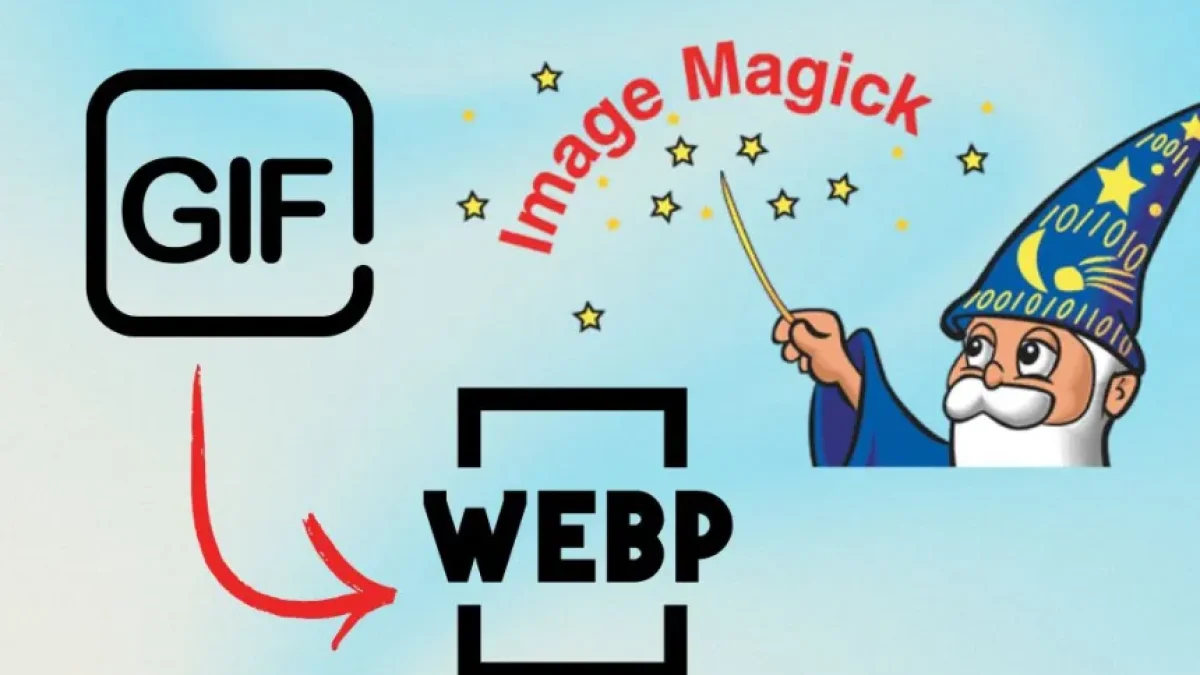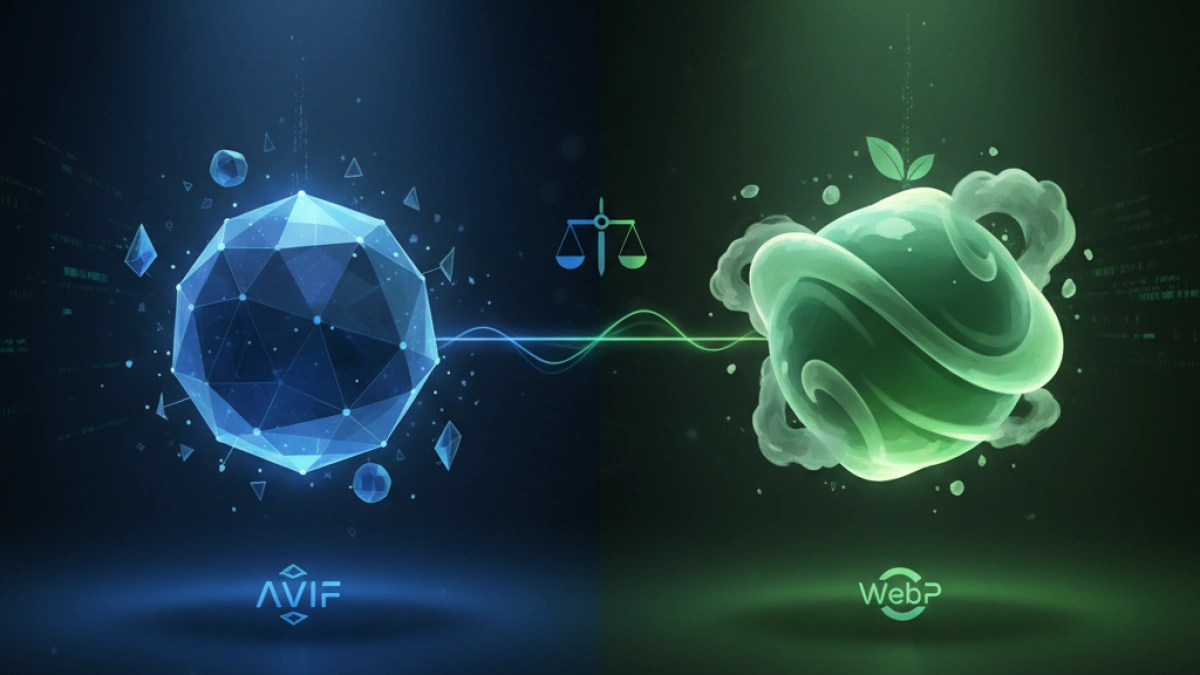Convert animated GIFs to WebP using PHP Imagick easily.


The transformation of image formats has become an increasing necessity in today's digital world. One of the most common changes is the conversion of animated GIFs to WebP, a format that offers superior compression and smaller file size, making it ideal for a better loading experience on websites. In this article, you will learn how to perform this conversion easily and effectively using PHP and the Imagick library.
What is WebP and Why Use It?
WebP is an image format developed by Google that provides high-quality graphics with smaller file sizes compared to traditional formats like JPEG, PNG, and GIF. By allowing both lossy and lossless compression, WebP is an excellent choice for web developers looking to optimize their sites' performance. Converting GIFs to WebP not only reduces file size but also improves loading speed, which can benefit your page's SEO.
Prerequisites
To convert animated GIFs to WebP, you will need to have PHP and the Imagick extension installed on your server. You can check if Imagick is available by running the following command in your terminal:
php -m | grep imagickIf the extension is not installed, consult the PHP documentation for more information on how to install it.
Read also
Installing Imagick
If you don't have Imagick yet, you can easily install it. Depending on your operating system, the steps may vary. For Ubuntu users, for example, you can use the following commands:
sudo apt-get update
sudo apt-get install php-imagickDon’t forget to restart your web server after the installation for the changes to take effect.
Code for Converting GIF to WebP
Below, you will find a simple PHP script that uses the Imagick library to perform the GIF to WebP conversion:
Read also
<?php
// Path to the GIF file you want to convert
$inputGif = 'path/to/your/file.gif';
// Path where the new WebP file will be saved
$outputWebP = 'path/to/your/file.webp';
// Create a new instance of Imagick
$imagick = new Imagick($inputGif);
// Set the output format
$imagick->setImageFormat('webp');
// Save the WebP file
$imagick->writeImage($outputWebP);
// Clean up memory
$imagick->clear();
$imagick->destroy();
echo "The conversion was successful. The WebP file has been saved to {$outputWebP}.";
?>Breakdown of the Code
- Importing the Image: The script starts by loading the GIF file you want to convert by specifying its path.
- Creating an Imagick Instance: A new instance of the Imagick class is created with the GIF file as an argument.
- Setting the Format: The output format is defined as WebP using the
setImageFormatmethod. - Writing the File: The converted file is saved in the desired location with
writeImage. - Cleaning Up Memory: It's important to free the resources used by Imagick with
clearanddestroy.
Verifying the Conversion
After running the script, it is advisable to check that the WebP file has been created correctly and to compare its size with the original GIF file. This will help you ensure that the conversion was successful and appreciate the benefits of a lighter format.
Conclusion
Converting animated GIFs to WebP using PHP with the Imagick extension is a straightforward process that can bring numerous advantages in terms of performance and optimization for your website. As you continue to explore new technologies, consider image format conversion as a powerful tool in your digital arsenal.
I invite all my readers to keep exploring more news about technology and web development on my blog. Don't miss the latest updates!



















